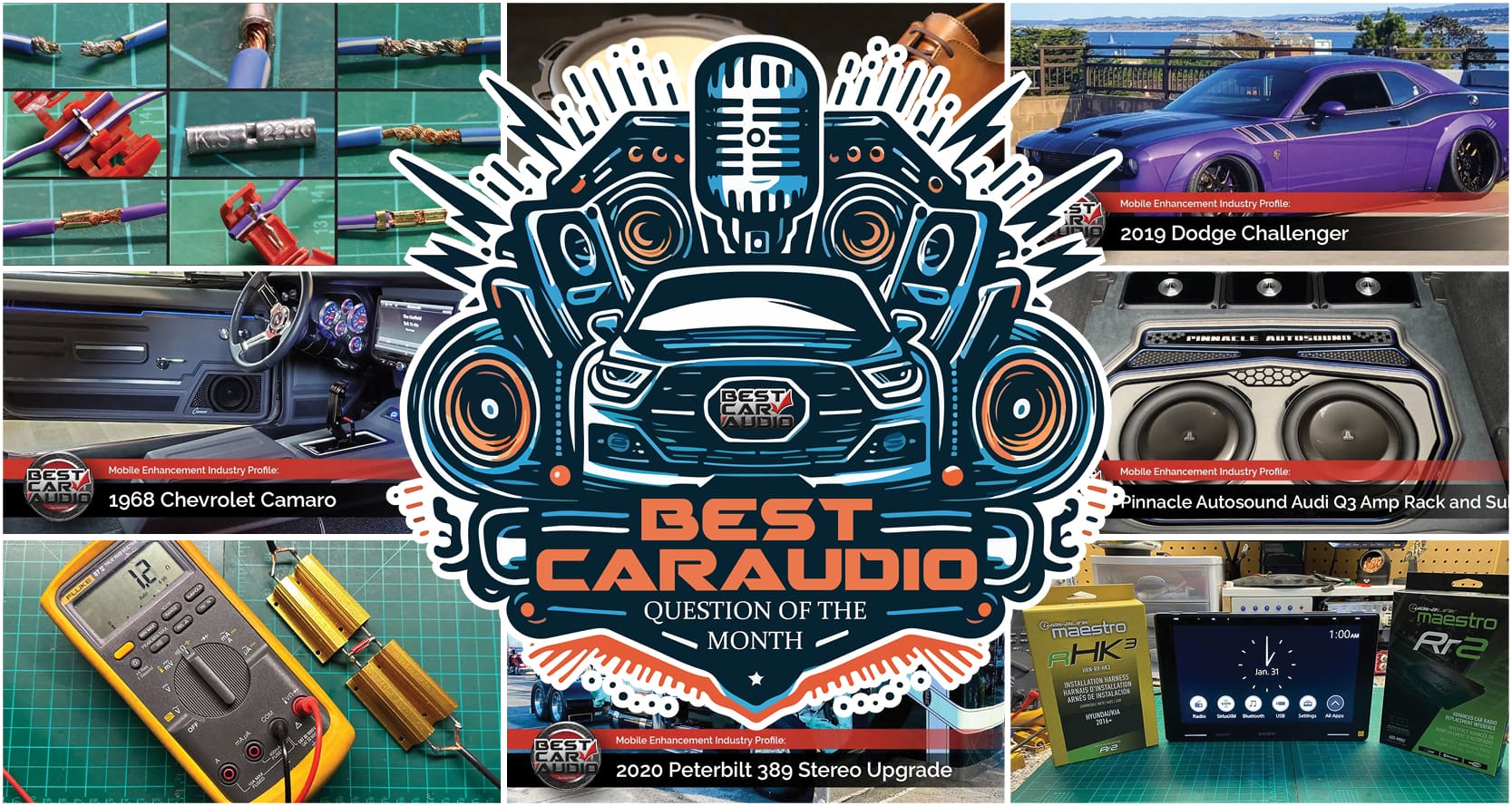We’re kicking off a monthly column called the BestCarAudio Question of the Month. Many basic car audio-related questions are answered incorrectly or incompletely on social media and in online forums. In our ongoing efforts to educate consumers about the products and solutions available to upgrade their vehicles, we will pick a random question each month and provide a detailed and, more importantly, accurate answer. If you have a car audio question, reply to the BestCarAudio.com Question of the Month post on our Facebook page.
This Month’s BestCarAudio Question of the Month
This month’s BestCarAudio.com Question of the Month is: Can I Run a 1-Ohm Sub on a 2-Ohm Amplifier?
As it was posted on social media, the question was “Can I run a 1-ohm sub and 2-ohms”? Let’s start by making some assumptions about the intent of the question, as it will affect the answer. We’ll dive into some of these variables again at the end of the article. First, let’s assume the subwoofer in question is a single voice coil design with a nominal impedance of 1 ohm. Second, we’ll assume the person is only using a single subwoofer. Finally, we will assume the amplifier in question is a monoblock subwoofer rated for a minimum impedance of 2 ohms.
The short answer is no. You cannot use a 1-ohm subwoofer on a monoblock amplifier rated for 2 ohms.
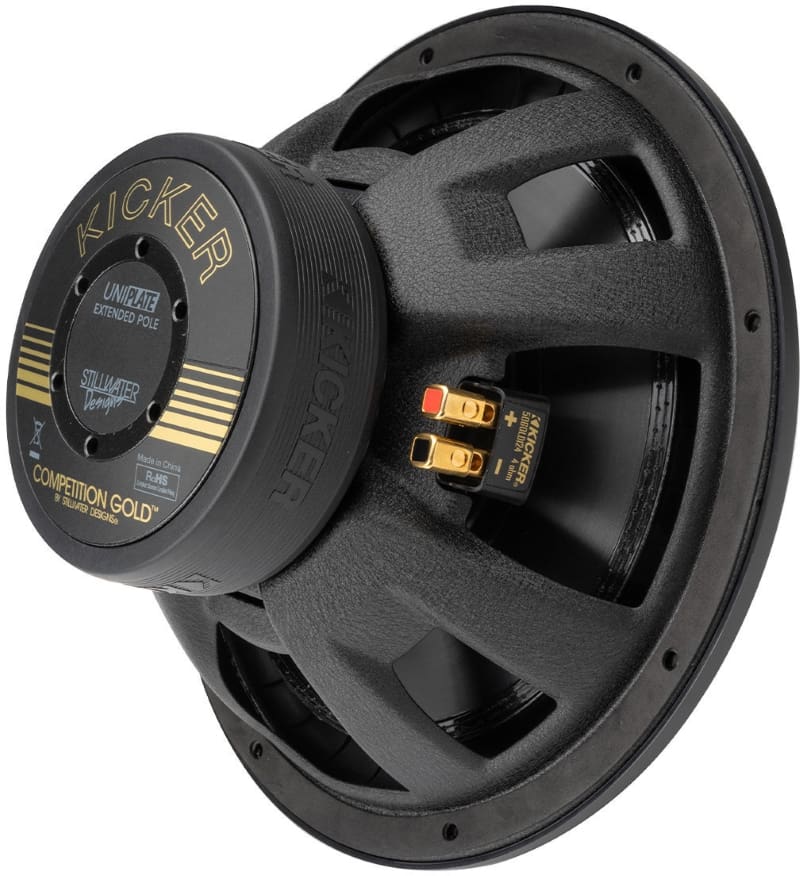
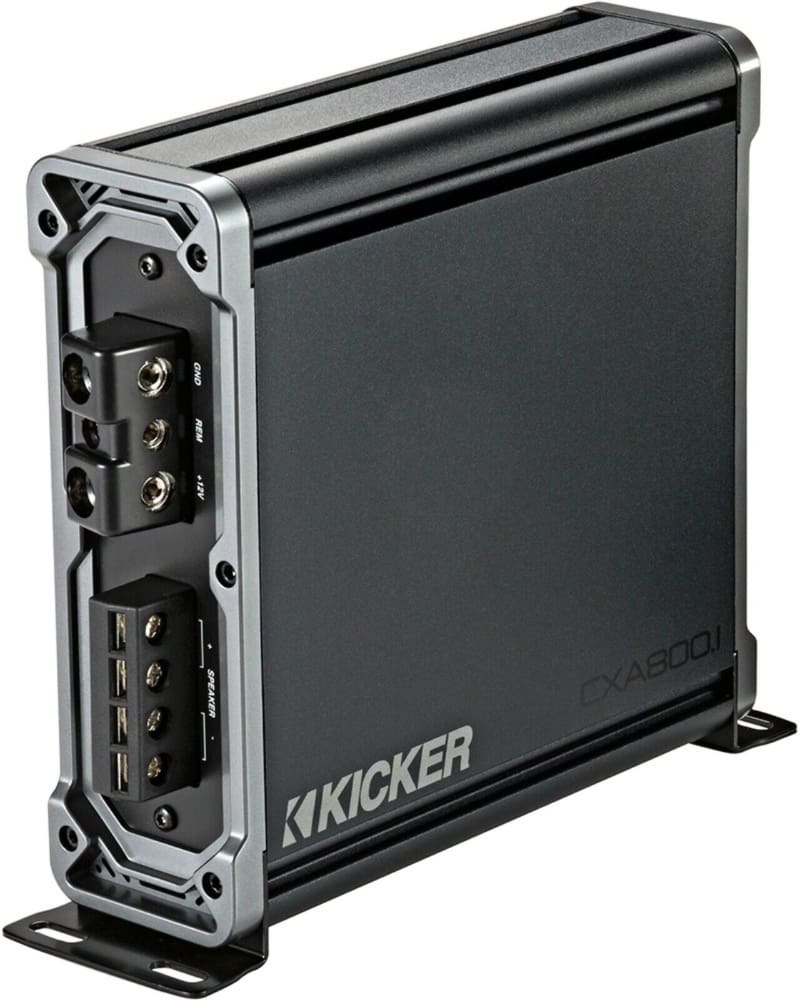
Amplifier Design Criteria
Let’s talk about why you can’t run a 1-ohm sub on an amplifier that’s only rated for 2-ohms. High-quality amplifiers from reputable companies must meet several design criteria. First, they will have specific power ratings at different impedances. Second, they should have a heatsink design that ensures that the components in the amplifier don’t overheat. Third, the components in the amplifier will have maximum temperature and current delivery capabilities.
Speaking of power ratings, let’s look at an amplifier like the Sony XM-1ES. This monoblock amplifier is rated to produce 600 watts of power when connected to a 4-ohm load and 1,000 watts when connected to a 2-ohm load. It is NOT designed to drive a 1-ohm load.
The Sony amplifier has a high-mass cast aluminum heatsink. It also has a cooling fan in the back corner. Based on its efficiency, the Sony engineers designed the heatsink and fan cooling system to allow the amp to operate without overheating for a specific time. Many companies that produce premium audio products have a target of 30 minutes at the device’s full rated power into the minimum rated impedance.
Let’s look at some basic math. If the amplifier is rated to produce 1,000 watts of power into a 2-ohm load, the output devices must deliver 22.3 amps of current from the speaker terminals. There will be some current rating headroom so the output switching devices don’t overheat at that level.
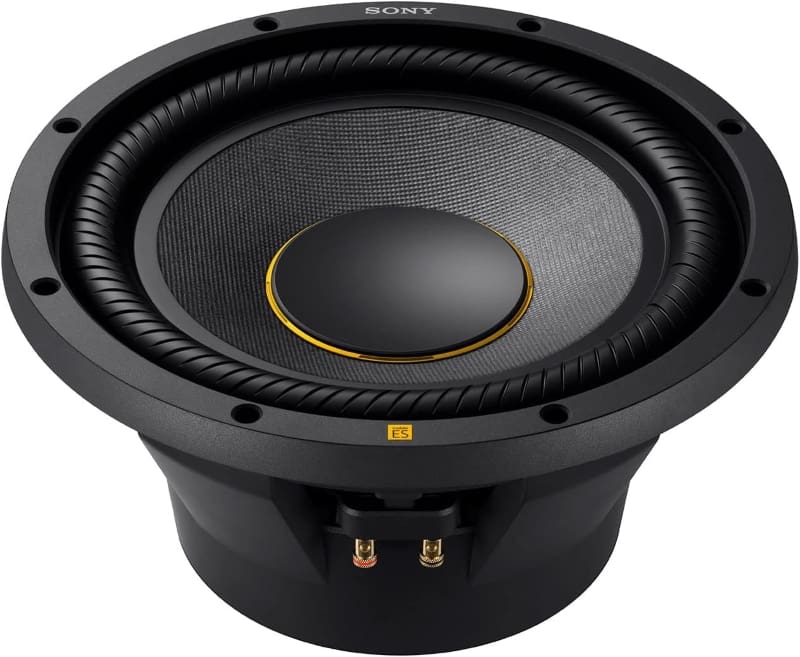
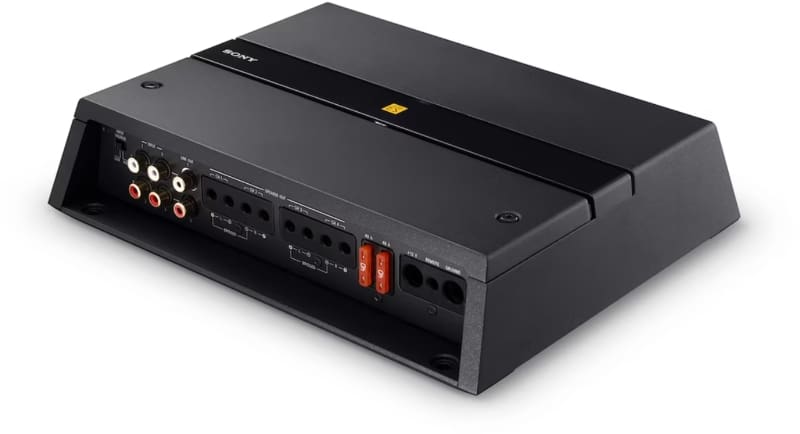
Running Amplifiers Below Their Rated Minimum Impedance
What might happen when we ask an amplifier like the Sony Mobile ES XM-1ES amp to deliver 1,000 watts into a 1-ohm load? We ask the amp to provide 31.6 amps of current through the output devices. That’s a 40% increase. The amp might do it, but those devices will get very hot very quickly. Heat is the enemy of all electronic components. Running them hotter means you will shorten their lifespan. The added heat will also dry out the thermal compounds used to conduct heat between the devices and the heatsink.
The power supply must also provide 40% more current to the amplifier’s output stage at the same voltage. This additional output current means more current must pass through the transformer. You’d be surprised at how hot some amplifier transformers get. This heat is often a limiting factor in amplifier power production.
Another issue is amplifier efficiency. All car audio amplifiers are less efficient at lower impedances. In the case of the Sony XM-1ES, it lost about 5% efficiency between 4-ohm and 2-ohm loads. Dropping the load impedance in half would likely result in the same efficiency decrease. The amp would have to consume 5% more current to deliver the same power. If the amp drew 100 amps of current to produce 1,000 watts into a 2-ohm load, it might need to draw 105 amps to do the same at 1 ohm. Your alternator will have to work harder. The power wiring to and from the amp will be hotter and waste more energy.
As you can see, everything is working against asking the amp to work harder to produce the same power.
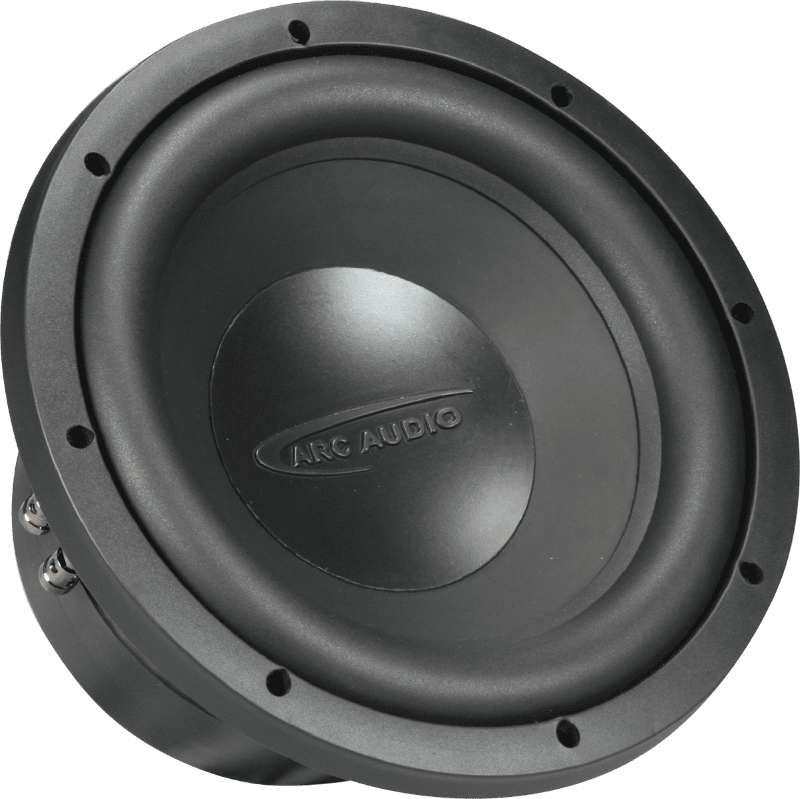
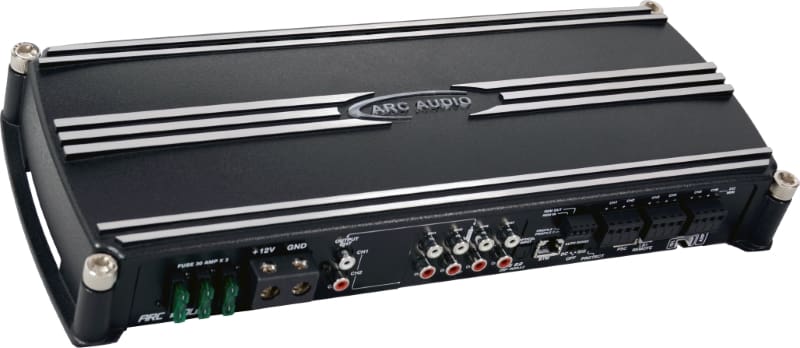
Protection Circuitry
Another issue, depending on the amplifier in question, is protection circuitry. Many amplifiers can monitor how much current flows to the speakers. If that value exceeds a specific level, the amp may go into protection. You might get away with running the low-impedance load on the amp up to about half the rated power, as this represents the amount of current the amp would supply to a 2-ohm load.
What if It’s a Dual Voice Coil Subwoofer?
So far, we’ve looked at what happens if the only option for the subwoofer is a 1-ohm impedance. What if this were a subwoofer with dual 2-ohm voice coils? This increased flexibility would add a second option to our answer. You could run this subwoofer on an amplifier rated for 2 ohms. However, the voice coils would have to be wired in series rather than parallel.
There is a drawback to this higher-impedance configuration. The amplifier will produce less power with a 4-ohm load than a 2-ohm load. In the example of our Sony amp, the maximum power is now 600 watts instead of 1,000.
Now, 400 watts sounds like a big difference. Let’s look at it in terms of maximum output from the subwoofer. We’ll have to assume that the subwoofer can handle 1,000 watts of power and is linear up to at least that point.
If we compare 600 watts to 1,000 watts using dBW (decibel watts), the difference is 2.22 dBW. So the sub would only be 2.2 dB SPL quieter with 600 watts than 1,000 watts. It’s pretty hard to hear a difference of 2.2 dB. As such, this isn’t a showstopper. It’s unlikely that the sub can handle 1,000 watts without some power compression. As such, the difference between 600 and 1,000 is likely less audible.
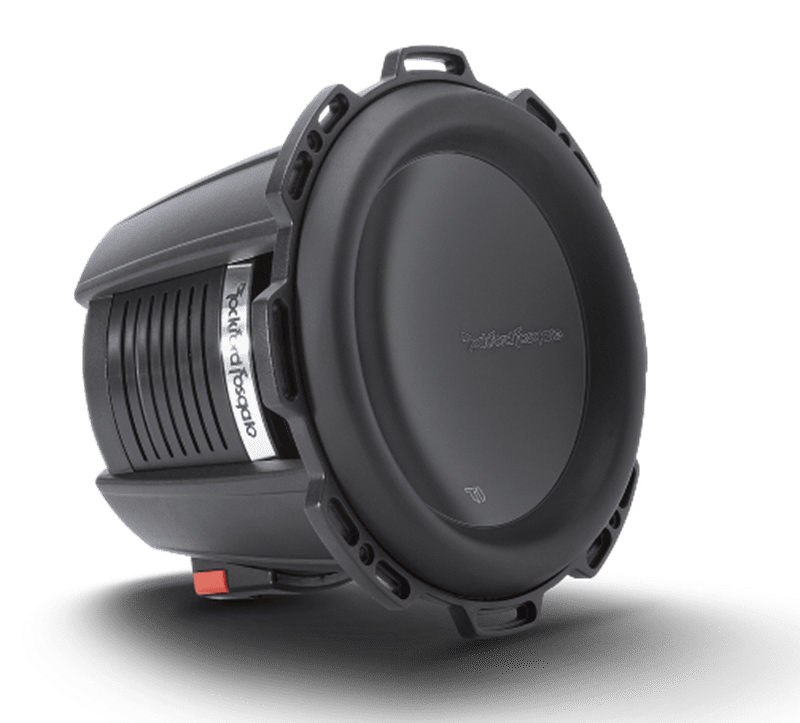

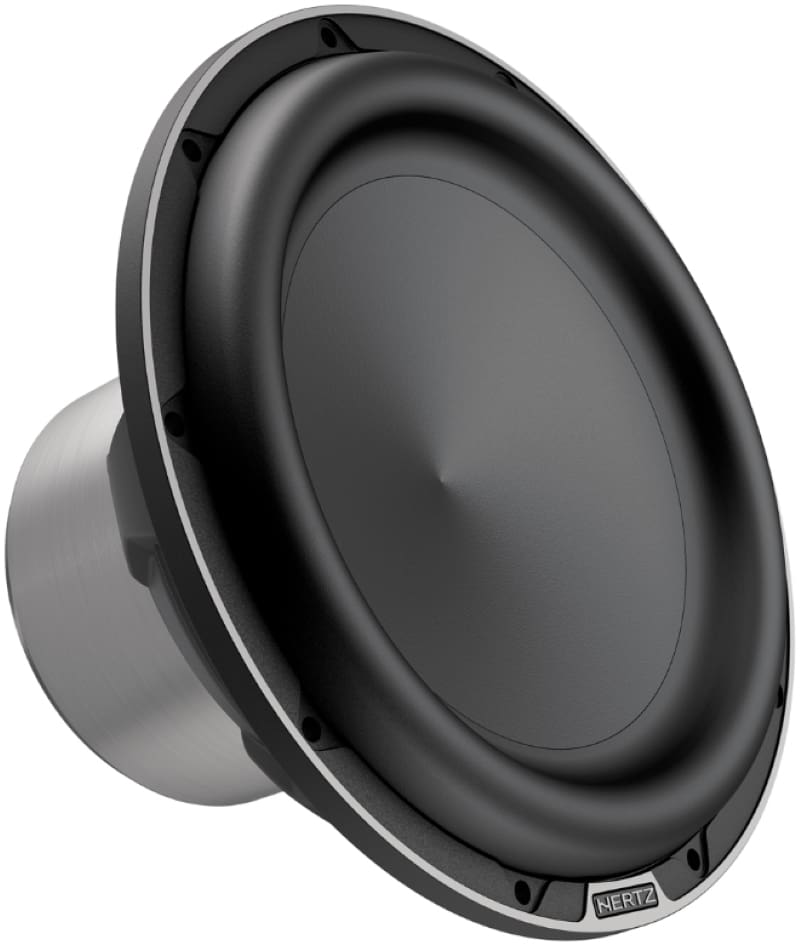
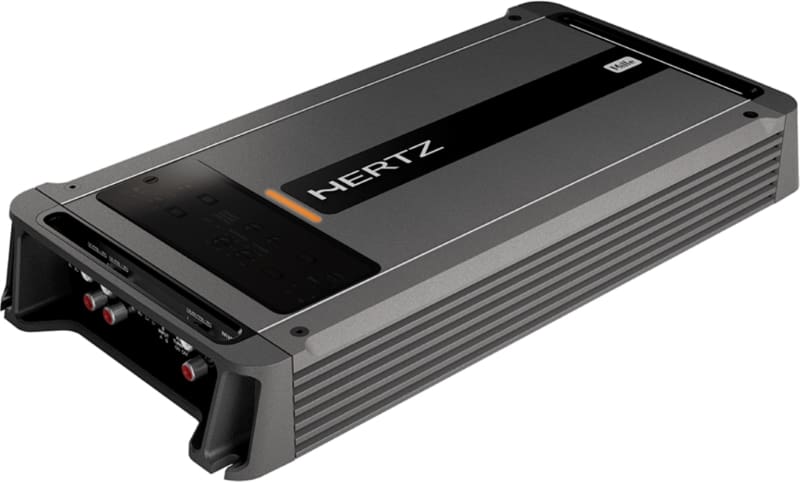
The Final Answer
Let’s put a final answer to this month’s question. Can a single voice coil 1-ohm sub be used with an amplifier that’s only rated to drive 2-ohm loads? Not safely and not reliably. Are there some additional variables that might make this possible? Yes. This question, as asked, highlights the importance of including details in your inquiries about car audio systems. Better yet, if you have equipment that needs to be integrated into your vehicle, take it to a reputable specialty mobile enhancement retailer and let them inspect it. This will help guarantee you get the information you seek.
